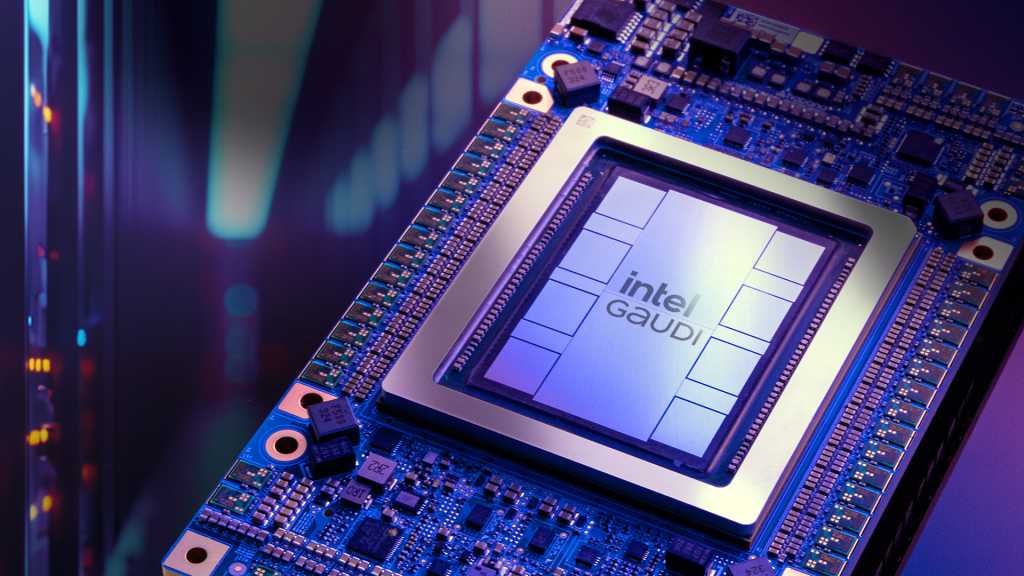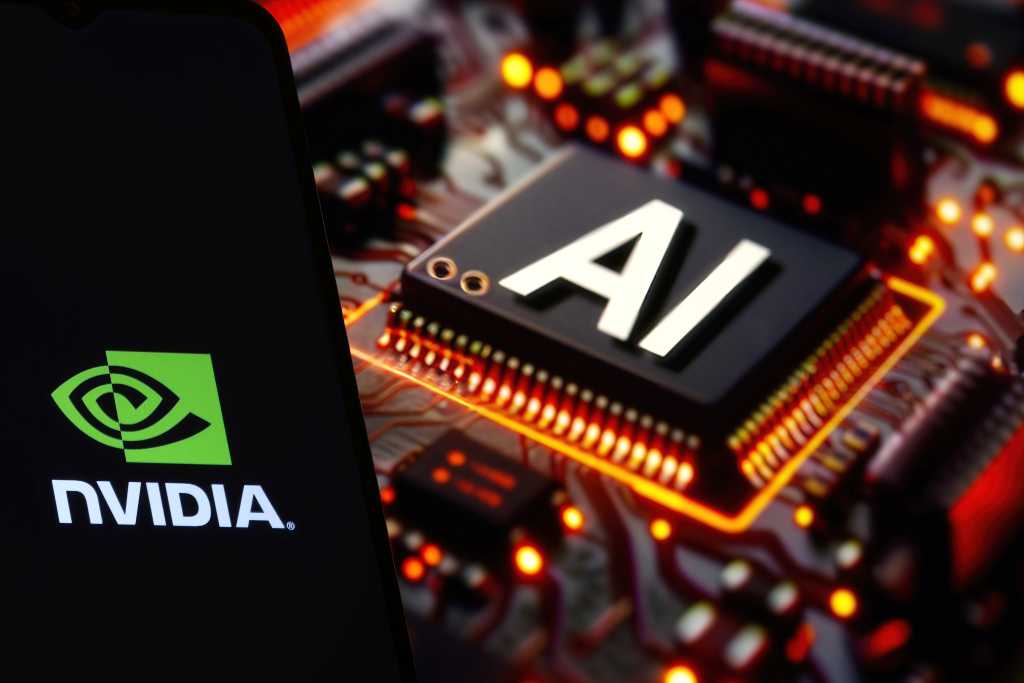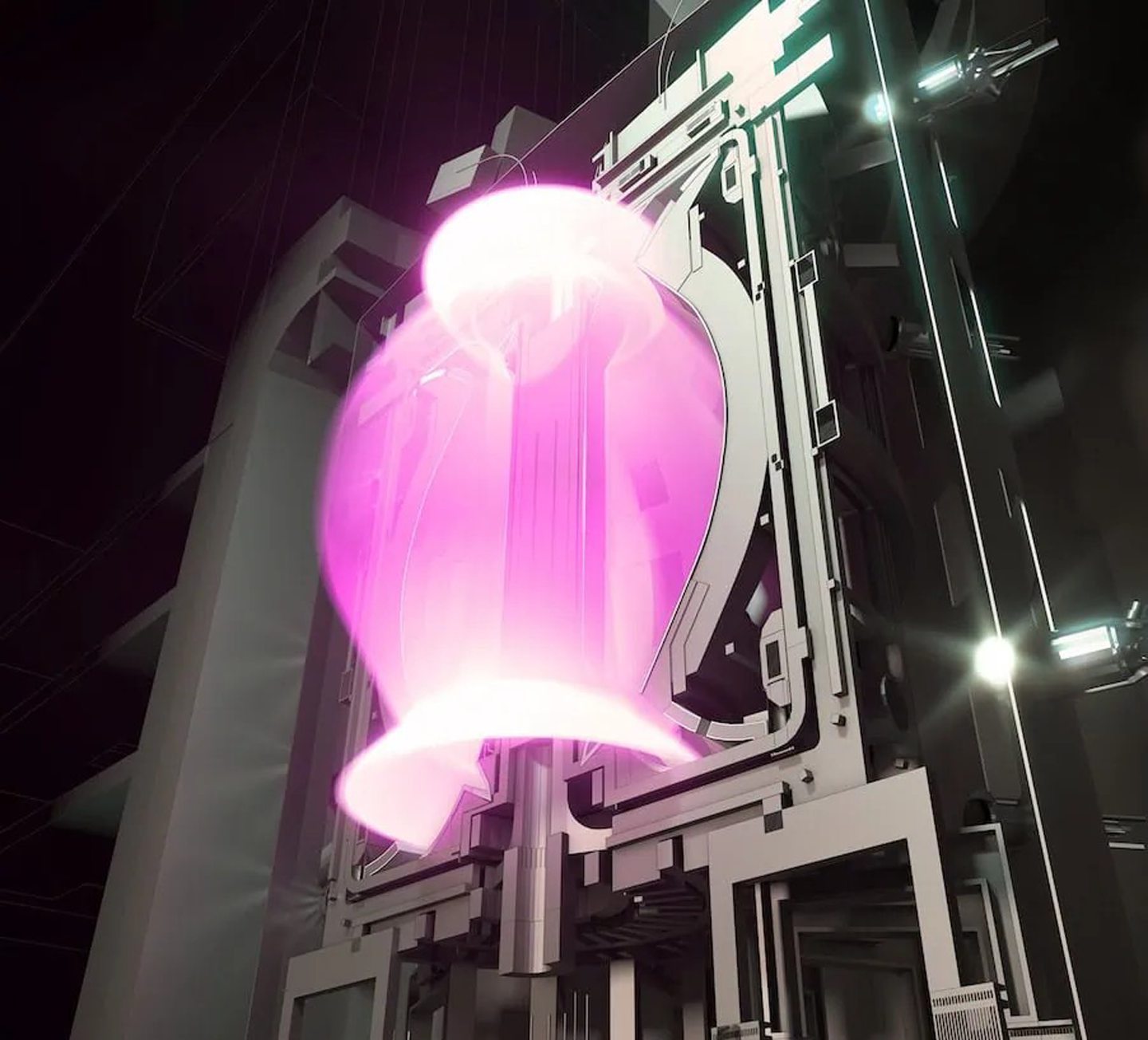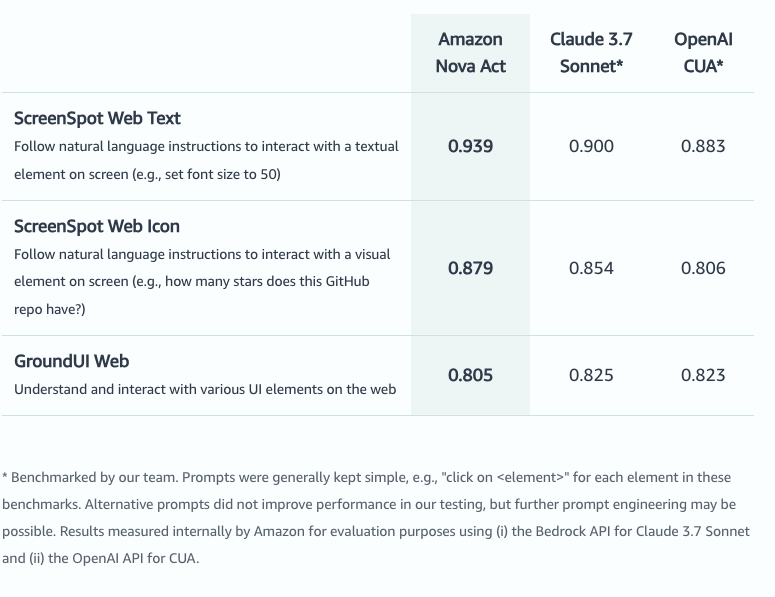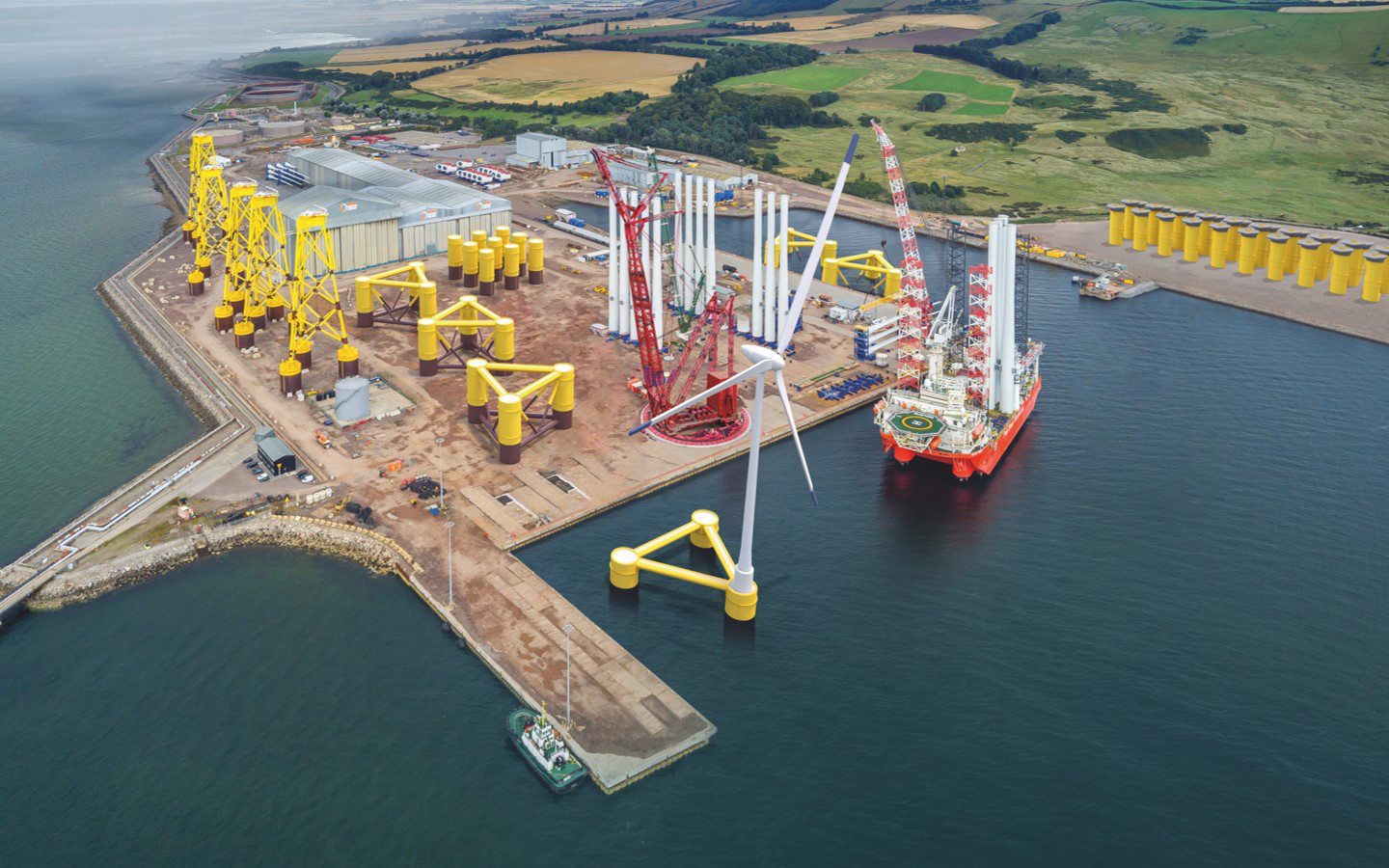
The Crown Estate has opened applications for £15 million of funding aimed at accelerating the development of the UK’s offshore wind port infrastructure.
The money is the latest round of support being offered through the body’s £50m supply chain accelerator fund.
This follows an initial £5m funding round that opened December 2024 and focused on projects in the Celtic Sea.
The second round is targeting UK ports and port-related infrastructure to support the construction, assembly, manufacturing, operations and maintenance, and wet storage of fixed and floating offshore wind, as well as supply chain opportunities that support deployment.
Businesses can apply for up to £1.5m of funding per eligible project, with the Crown Estate providing 50% matched funding for early-stage development expenditure. In addition, there is an option for the group to participate in the capital investment phase.
Applicants have until the end of June to make their submission, with successful projects to be announced by the end of the year.
The Crown Estate head of investment Ben Brinded said: “The ambition behind our supply chain accelerator is to accelerate and de-risk the offshore wind supply chain in support of the UK’s clean energy transition, boosting economic growth through new jobs and skills opportunity around the country.
“Following the success of the initial funding round and the recent modernising of our investment powers through the Crown Estate Act 2025, we’ve expanded the ambition and scope for the second round of the accelerator to include fixed and floating supply chain opportunities, together with ports and their associated facilities.”
The supply chain accelerator aims to support existing early-stage projects to scale up into attractive capital investment opportunities, helping to drive demand for new jobs and skills.
The previous £5m round saw funding awarded to 13 businesses focused on developing floating wind supply chain capability around the Celtic Sea. Match funding brought this to over £9m.
According to the Crown Estate, this could lead to more than £400m of capital investment if the projects are successful.
The Crown Estate managing director for Marine Gus Jaspert said: “Ports are vital national assets which are key to unlocking the huge potential of our exciting clean energy transition. Providing funding for port infrastructure and supply chain facilities is an obvious and important next move for our supply chain accelerator.
“It will help the UK’s offshore wind sector to retain its global attractiveness to developers and investors, providing confidence we can increase our rate of deployment whilst also ensuring activity offshore is creating value for onshore communities up and down the country.”


